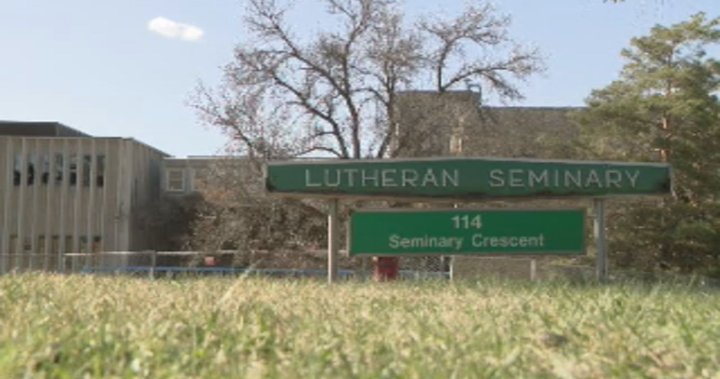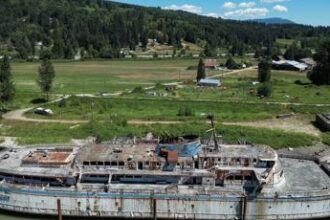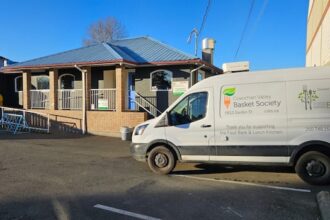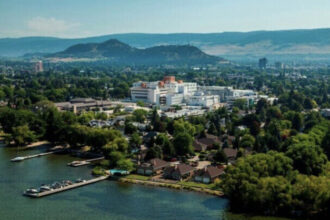As dawn breaks over the University of Saskatchewan campus, a century-old theological landmark faces an uncertain future. The Luther Seminary building, which has stood as a cornerstone of religious education since 1915, has become the center of a heated preservation battle that has mobilized community members, heritage advocates, and religious scholars alike.
The university’s plan to raze the historic structure has triggered immediate pushback from multiple fronts, with critics arguing that demolition would erase not only a physical structure but a significant piece of Saskatchewan’s cultural and religious heritage. The seminary, with its distinctive architectural features and deep-rooted connection to Lutheran theological education in Western Canada, represents far more than bricks and mortar to many observers.
“This building embodies generations of spiritual formation and community service,” explains Dr. Eleanor Bergman, a religious studies professor who has taught courses in the facility. “Its walls contain over a century of stories, teachings, and traditions that have shaped religious leadership across the prairie provinces.“
The controversy has illuminated the often-delicate balance between institutional development and heritage preservation that many Canadian universities currently face. According to Canada News, similar disputes have emerged at campuses nationwide as institutions navigate space constraints, maintenance costs for aging buildings, and evolving educational priorities.
University officials maintain that the structure requires prohibitively expensive repairs and no longer meets modern educational standards. A spokesperson for the administration cited structural concerns, accessibility limitations, and inefficient energy systems as key factors in the decision. The university’s development plan indicates the space would be repurposed for expanded campus facilities aligned with its long-term growth strategy.
Heritage Saskatchewan, a provincial advocacy organization, has formally requested the university reconsider its demolition plans. Their proposal suggests exploring adaptive reuse options that would preserve the building’s historical elements while updating its functionality. Similar successful conversions have occurred at other Canadian institutions, where historic structures have been transformed into multi-purpose learning spaces while maintaining their architectural integrity.
The seminary’s significance extends beyond religious circles. Architectural historians note its distinctive early 20th-century collegiate Gothic style represents an important example of prairie institutional architecture. The building features hand-carved wooden elements, period stained glass, and other craftsmanship rarely seen in modern construction.
“Once these heritage buildings are gone, they’re gone forever,” warns Simon Bartley, president of the Saskatchewan Architectural Heritage Society. “Future generations deserve the opportunity to connect with physical representations of our collective past, particularly in educational settings where history should be valued.”
The controversy has spilled into local politics, with several municipal officials expressing concern about the precedent such a demolition might set for other heritage properties. City councilor Margaret Weston has proposed a temporary development freeze pending further community consultation, stating, “We need a comprehensive conversation about balancing progress with preservation before irreversible decisions are made.”
Lutheran church leaders have joined the conversation, highlighting the building’s role in training generations of clergy who went on to serve communities throughout Western Canada. The structure has symbolic importance within Lutheran denominational history as one of the earliest permanent seminary facilities established in the prairie provinces.
Amid the controversy, some innovative solutions have emerged. A coalition of alumni and preservation advocates has proposed establishing a public-private partnership to fund necessary renovations while creating a mixed-use space that could include a heritage center, community meeting areas, and specialized classroom facilities.
Financial realities cannot be ignored in this discussion. According to university budget documents, deferred maintenance costs for the seminary exceed $4.2 million, a significant expense at a time when many post-secondary institutions face funding constraints and competing priorities.
As this situation unfolds, the university has committed to additional public consultations before finalizing any demolition timeline. Campus officials have scheduled a community forum next month where various stakeholders will present alternative proposals for the building’s future.
The seminary controversy raises important questions about institutional responsibility toward architectural heritage in an era of rapid campus modernization. As universities across Canada reconsider their physical footprints, how can they balance practical concerns with the preservation of structures that connect present students to their institutional past? And perhaps more fundamentally, what is lost when we demolish the physical






















